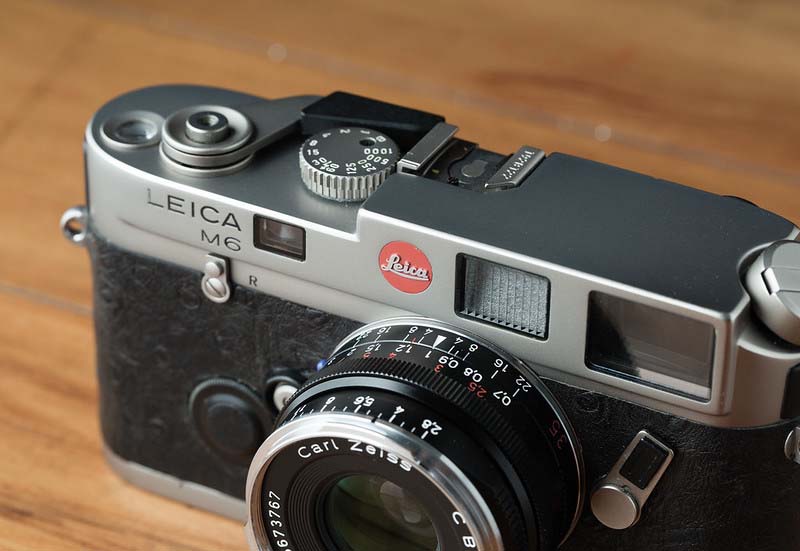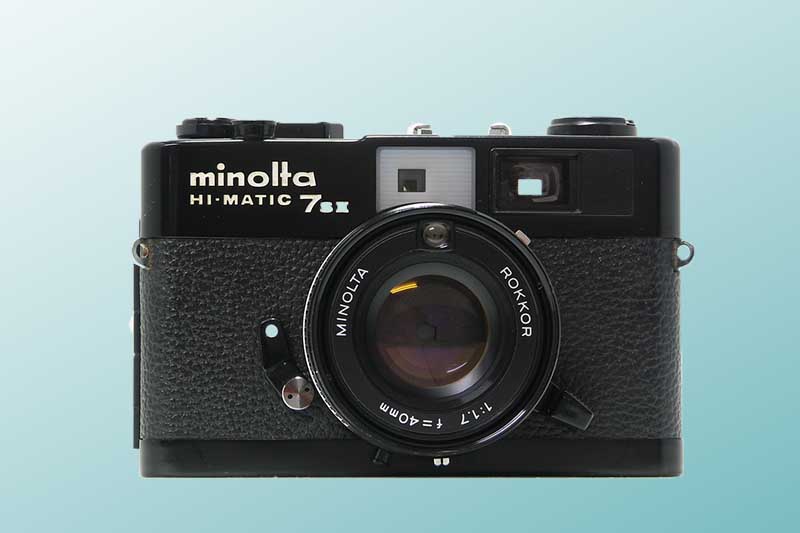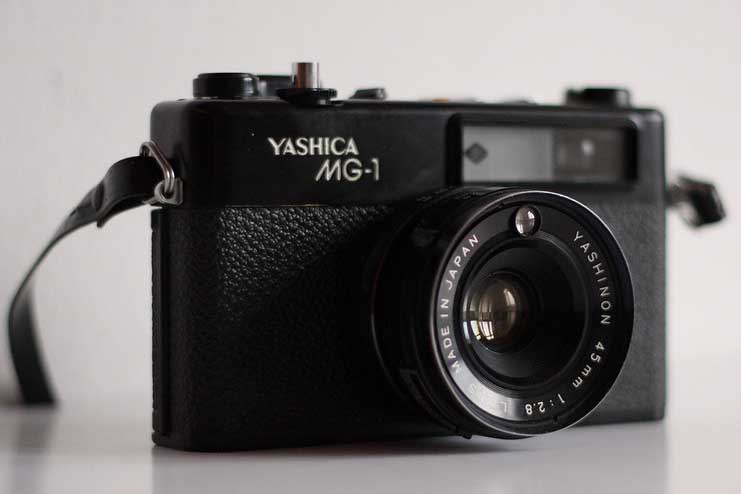Yashica Lynx 5000 Review: A Compact, Stylish And All-purpose Rangefinder
Last Updated on January 24, 2024
Lynx is a family of compact 35mm rangefinder cameras manufactured by Yashima Optical Industry Company, Ltd, in Nagano, Japan, beginning in 1960.
Yashima was a company created in 1949 dedicated to the manufacture of components for electric clocks, later components for cameras, finally, in 1953, to present its first camera, the Yashimaflex, a medium format TLR.
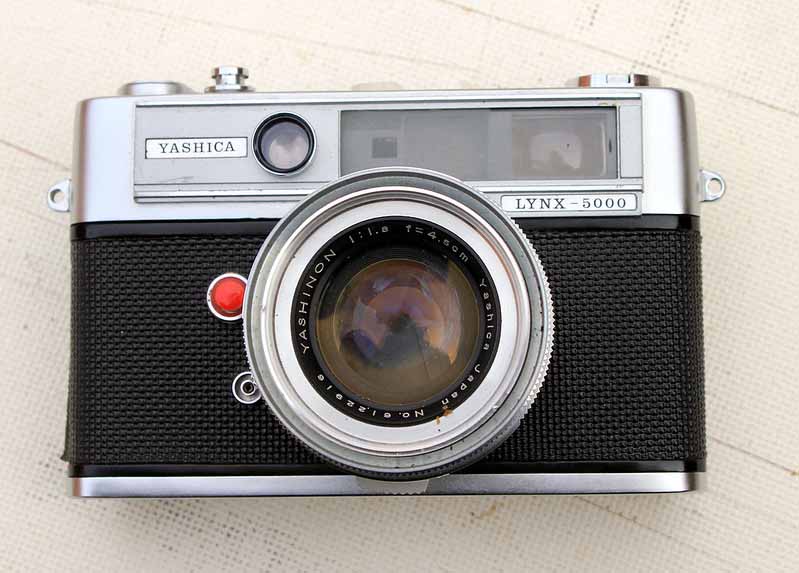
Table of Contents
Specs
| Year release | 1962 |
| Camera type | Rangefinder |
| Film type | 135 (35mm) |
| Lens | Yashinon 45mm f/1.8 |
| Shutter speed | B, 1 to 1/1000 sec |
| Shutter type | Copal-SV, leaf shutter |
| Aperture | f/1.8 to f/22 |
| Battery | Mercury 1.3v PX625 |
| Dimensions | 13 x 7.5 x 8.4 cm |
| Weight | 747 gr |
History
The first Lynx series camera to hit the market was the Lynx 1000 in 1960 for two years later, in 1962, to be replaced by the Lynx 5000, which would be followed by the Lynx 14, the Lynx14E and the Lynx 5000E.
The Yashica Lynx 5000 only differs from the Lynx 1000 in that the selenium photovoltaic meter is replaced by a Cadmium Sulfide (CdS) meter powered by a 1.3 volt mercury battery.
Lens and shutter
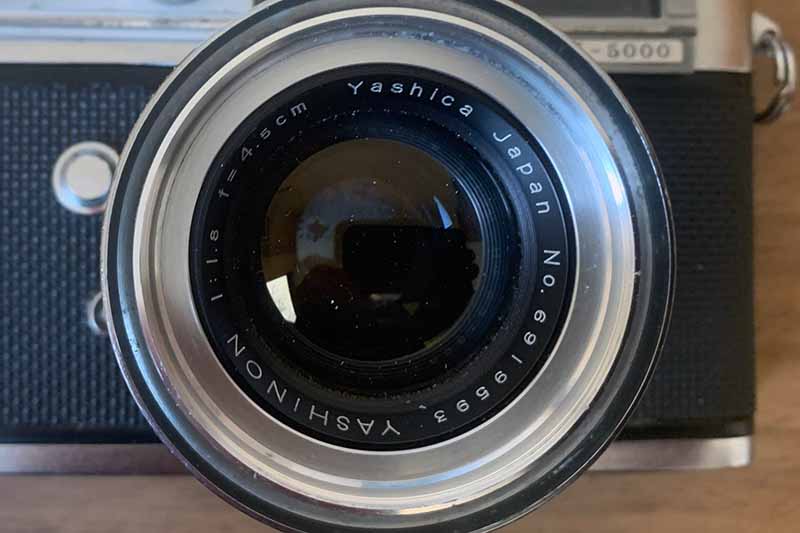
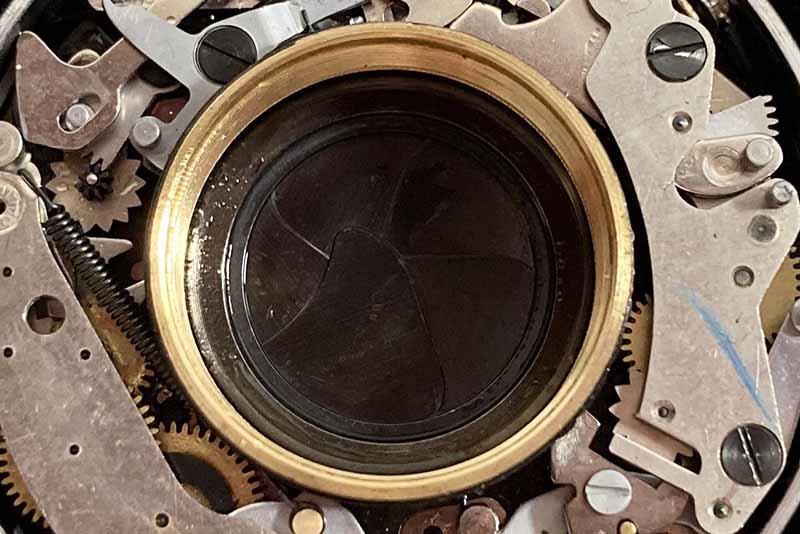
The Lynx 5000 has a Yashinon 1.8/45mm with 7 elements in 5 groups. A very well built lens that gives more than decent results.
The Yashica incorporates a Copal-SV shutter, a very popular leaf shutter in its time, it was used in most rangefinders and was characterized by being very silent. This shutter allows speeds from 1 second to 1/1000 sec.
Viewfinder and metering
Its aim is very clear. In the viewfinder, there is a shiny frame in order to avoid parallax errors. This frame moves according to the focus distance setting, that when we aim by adjusting the distance, we see the rangefinder image vary and the frame move.
The 1.3v mercury battery activates the measurement cell by pressing the chrome button visible to the left of the lens. In the camera hood, under a very prominent glass, a needle moves according to the lens configuration.
In this window, there are two areas separated by a thick line. You have to adjust the aperture and speed to bring the needle to this line. Below the line, there is an “Under” zone and above, an “Over” zone. In the viewfinder, there is also a needle with identical behavior.
Sample photos
Some pictures taken with a Lynx 5000.

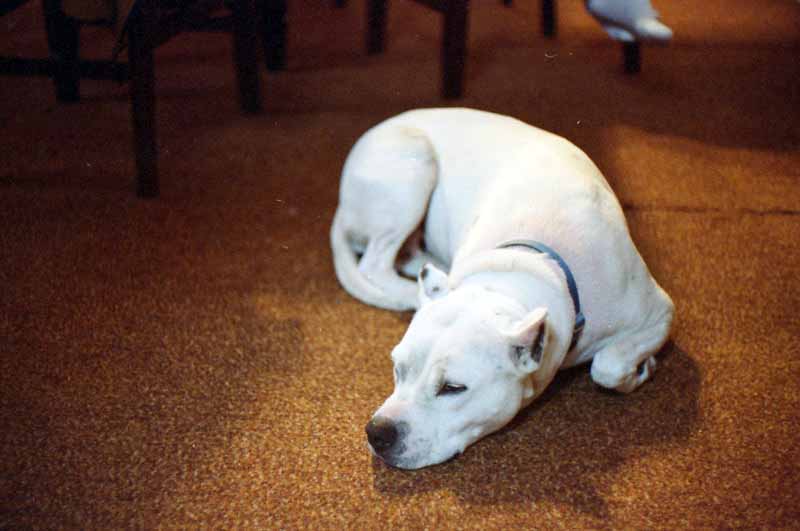
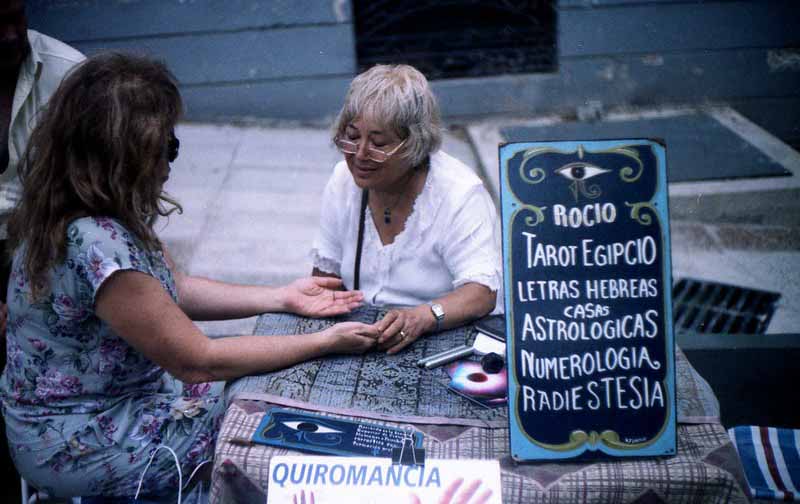
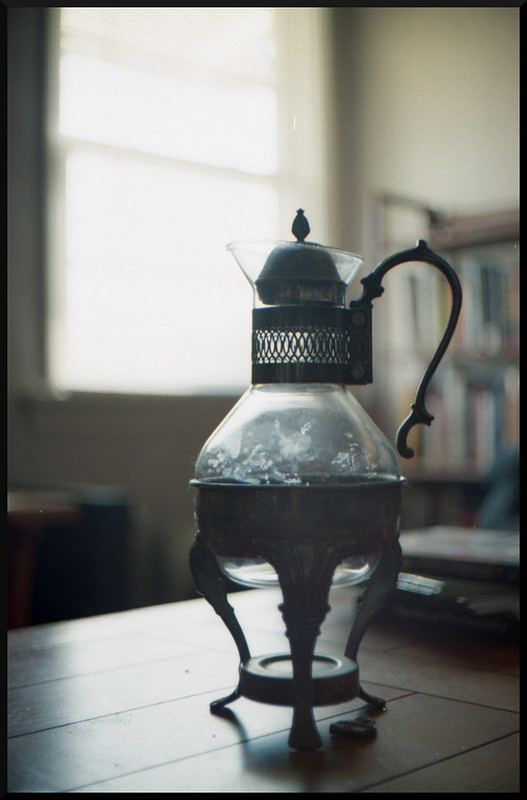
Video
In this video you can see an overview of a very well preserved Yashica Lynx 5000.

Written by Jorge Ferrufino
“I am a fashion photographer and an analog photography enthusiast since the beginning of my career (15 years ago). I have had the opportunity and honor of showcasing my work in various galleries and publications around the world.“
